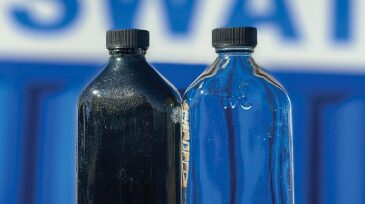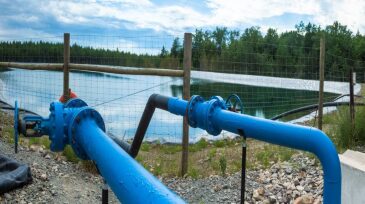produced water
-
Advanced machine-learning methods combined with aspects of game theory are helping operators understand the drivers of water production and improve forecasting and economics in unconventional basins.
-
A recovery in the energy industry is key to the oilfield water sector in the Permian. But the industry must address issues such as further research, regulatory changes, and technology.
-
A test showing that it’s possible to automate the billing process for produced water hauling has opened the door for tracking a wide range of field activities. The industry downturn brought on by COVID-19 has motivated big companies to test practical applications sooner.
-
The room for error and cost overruns just got a lot smaller with the escalating need to make operations more efficient and leaner with fewer resources and investors continuing to prioritize ESG alongside profitability.
-
Cutbacks in oil and gas production and drilling and completions will result in a decrease in produced water and will also lead to a reduction in water infrastructure investment.
-
The fact sheet, in conjunction with other IPIECA water management guidance, is intended as a guide to explore opportunities to reuse produced water.
-
GWPC releases its third produced water report. Texas leads all states in produced water volume.
-
Layne Water Midstream has amended its agreement with the Texas General Land Office to gain exclusive right for reuse and disposal of produced water in the Delaware Basin.
-
Oil and gas extraction using water has opened up new hydrocarbon resources. However they can produce four times more salty water byproduct than oil. Desalination in shale gas and polymer-flood EOR remain niche markets for lowering cost and improving production.
-
Massive amounts of private equity capital looking for infrastructure investments in the energy sector has helped spur the creation of integrated water businesses aimed at stemming the tide of produced water. This article discusses the evolution of such water businesses.










